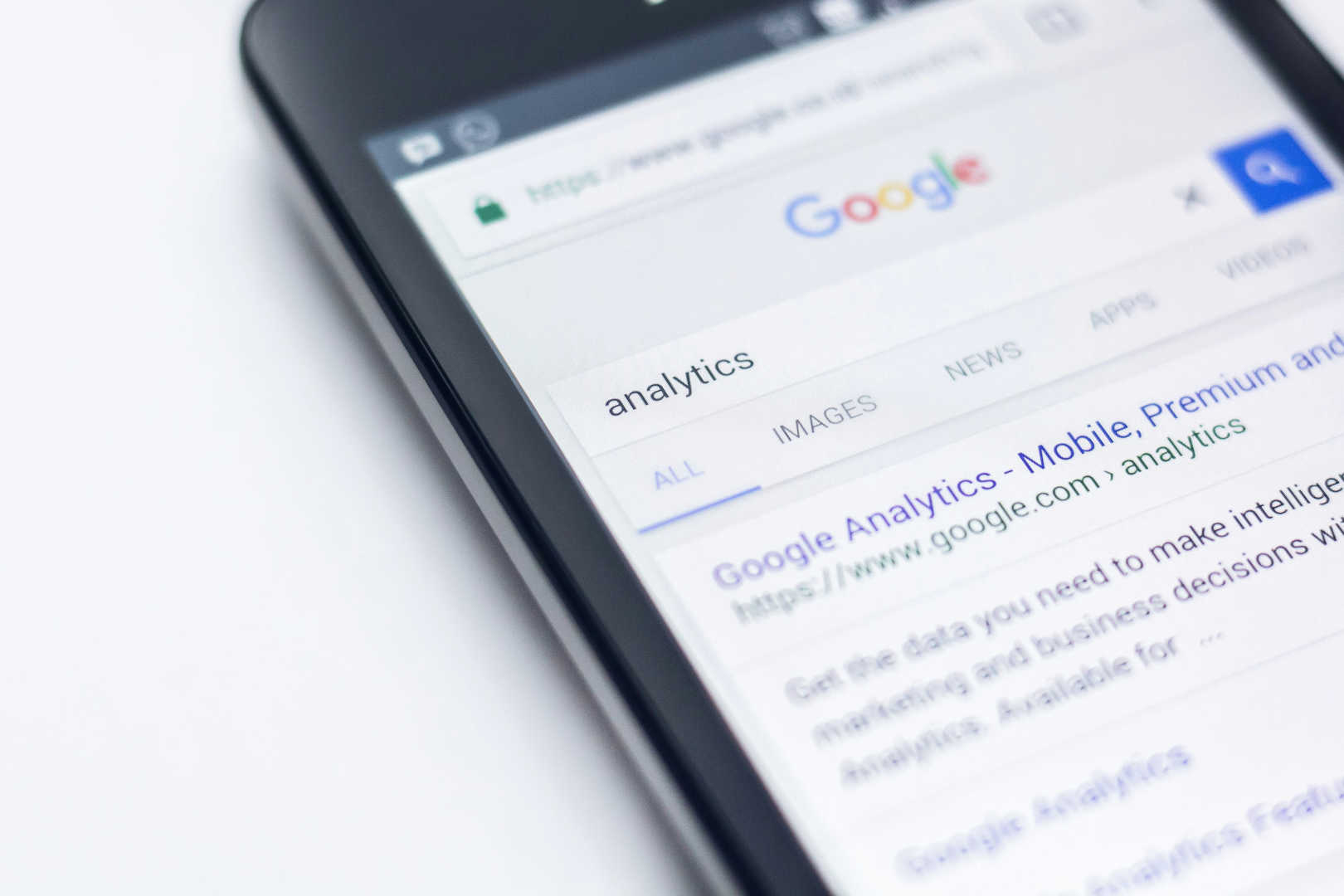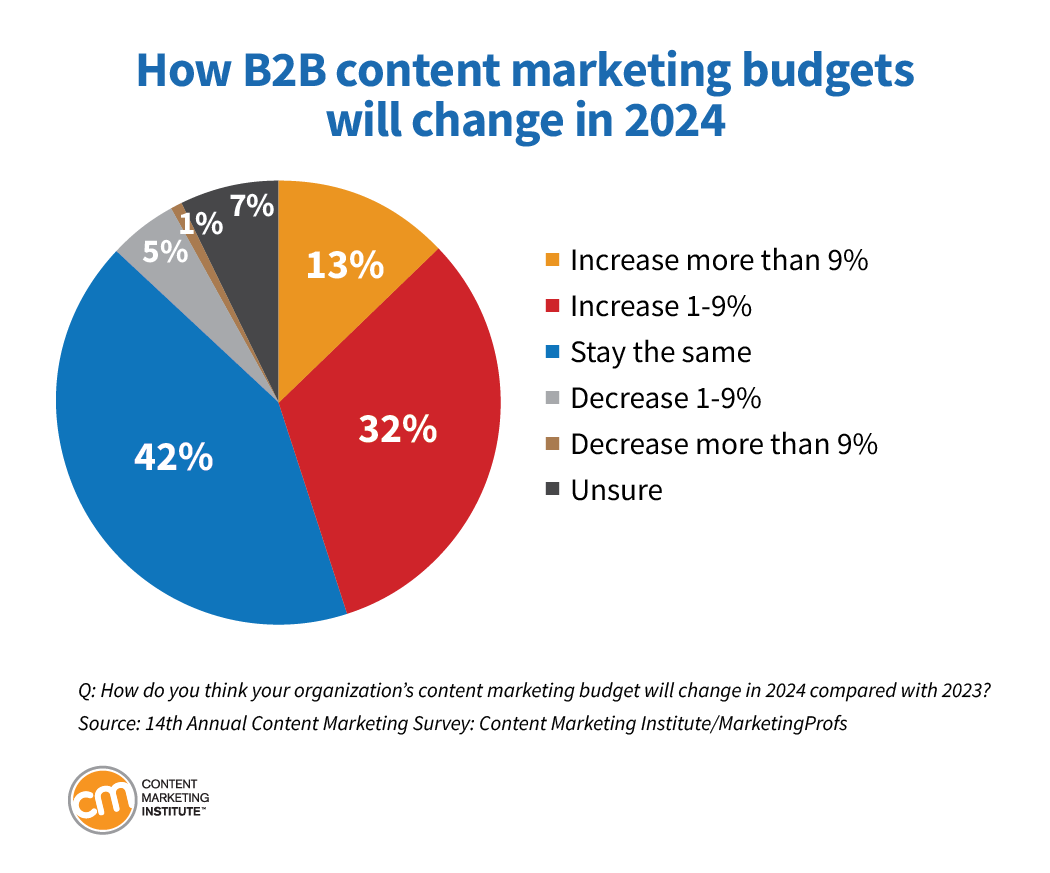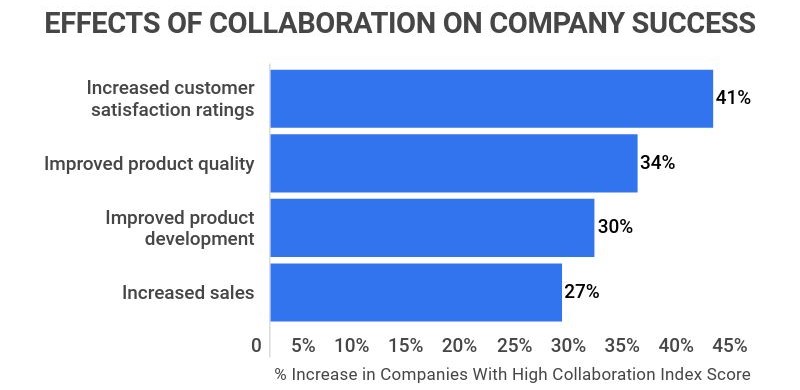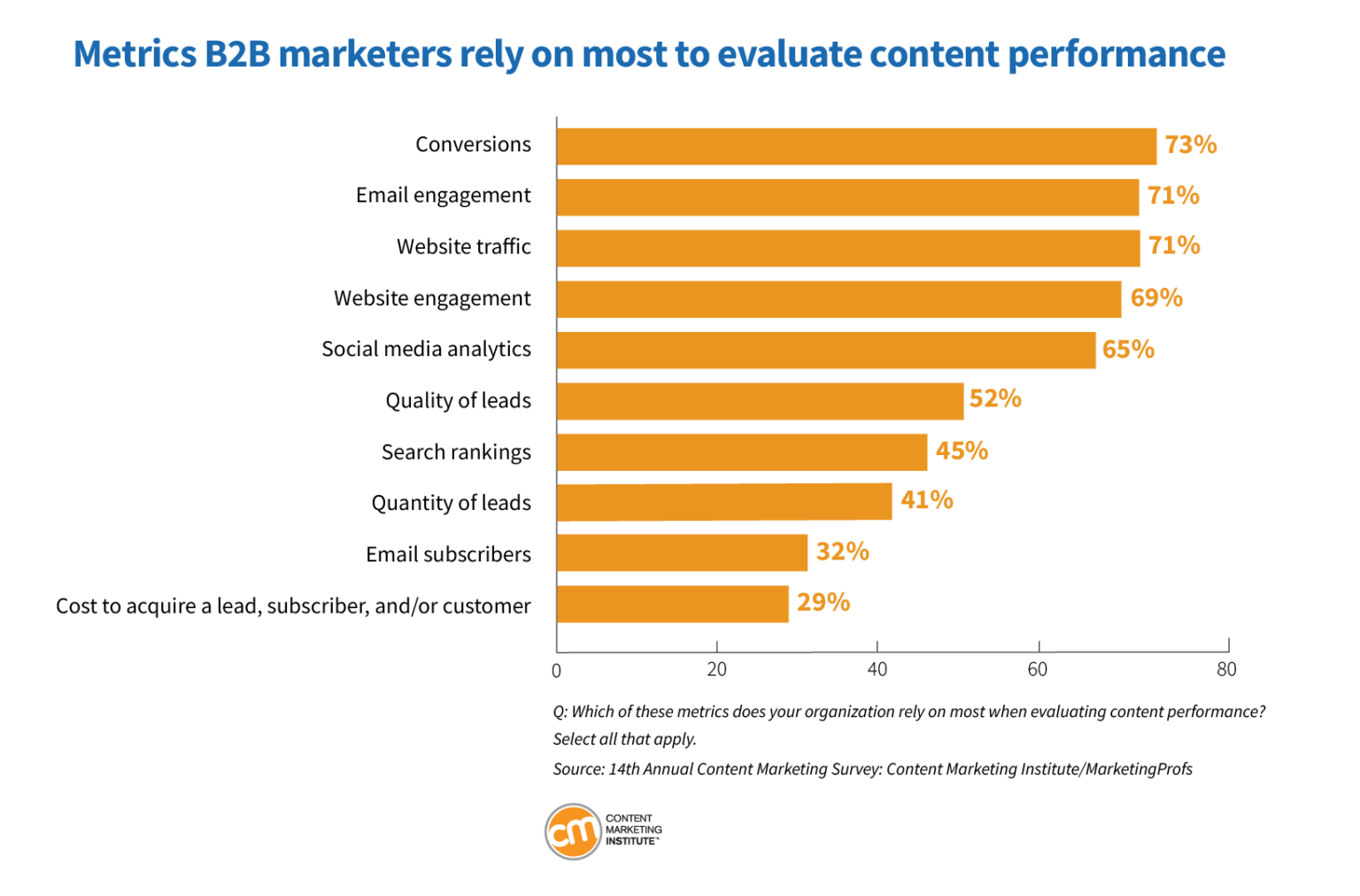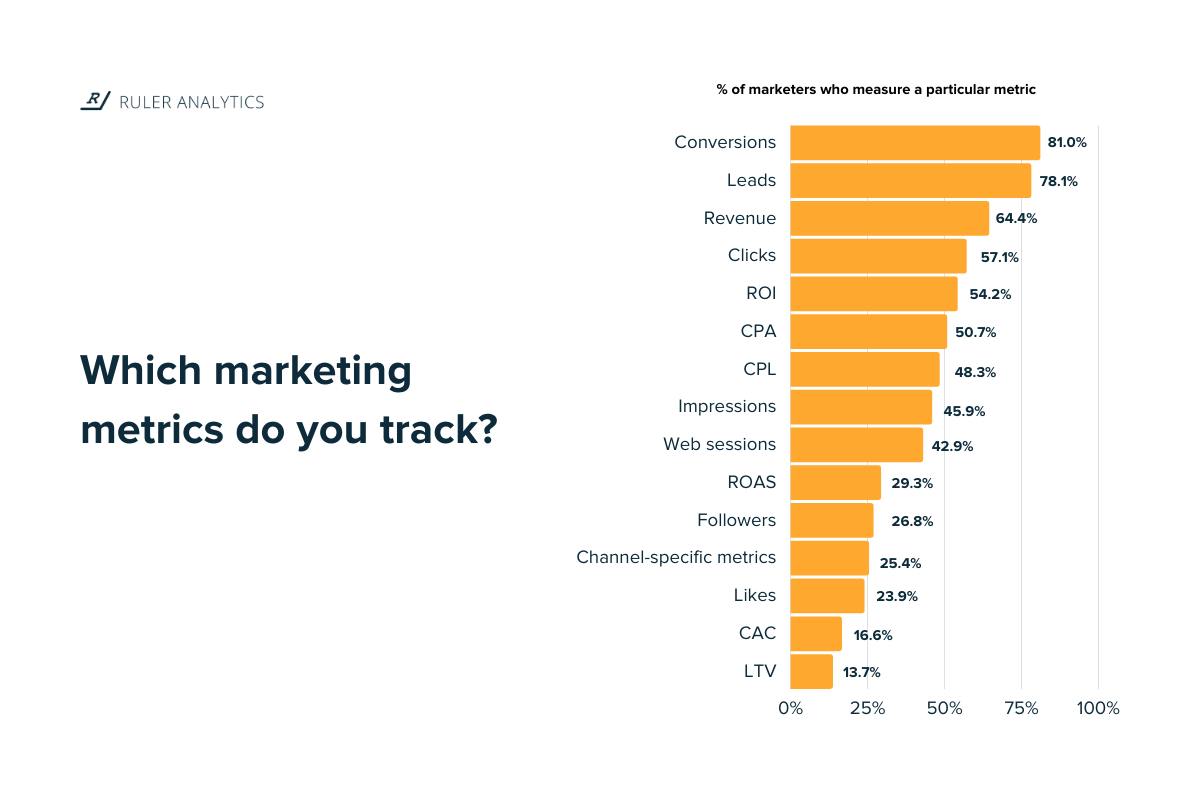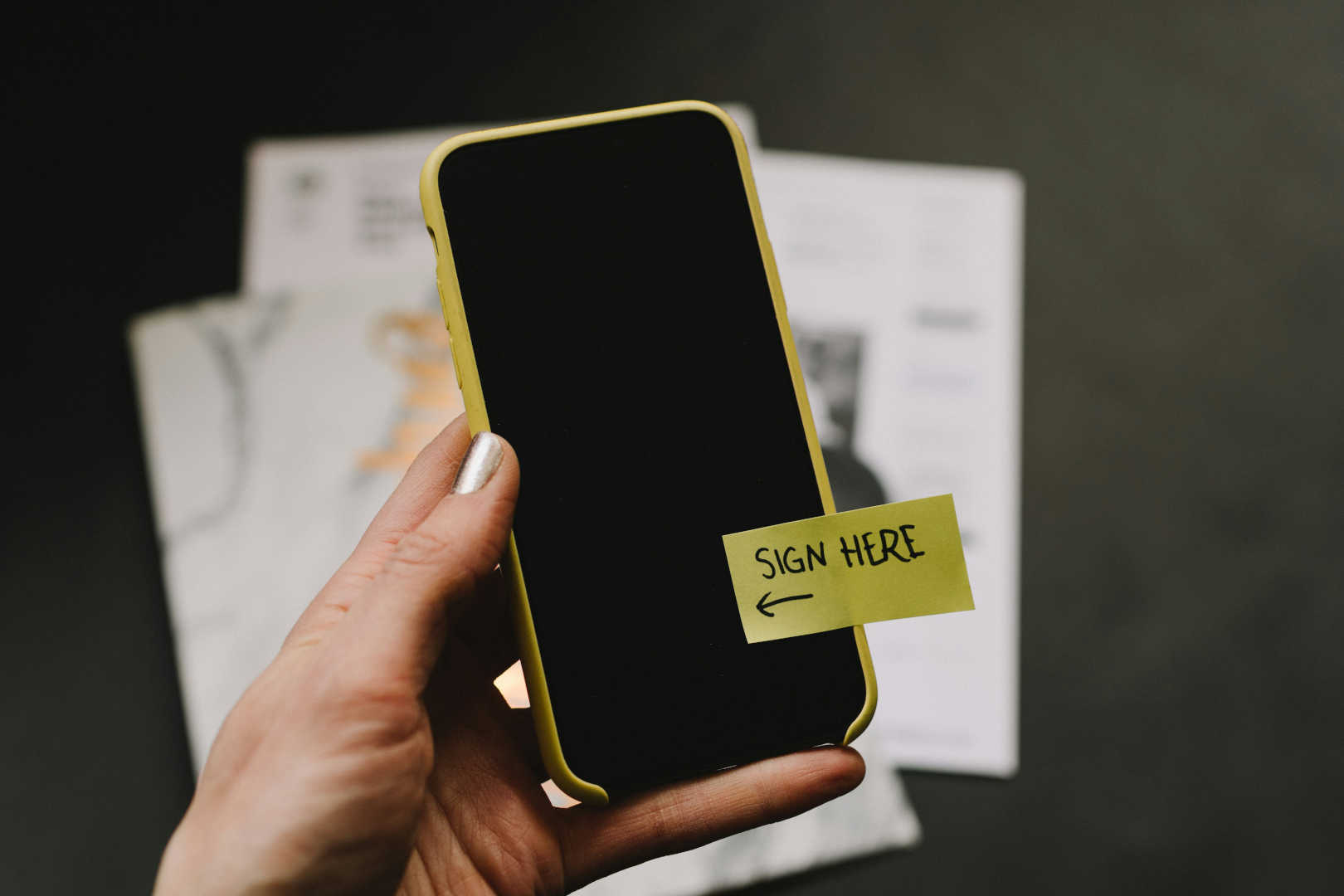Transitioning from Universal Analytics to GA4: A Comprehensive Guide
On July 1, 2024, Google officially sunsetted its Universal Analytics (UA) service. The transition from Universal Analytics (UA) to Google Analytics 4 (GA4) is a pivotal change for B2B marketing professionals, particularly those focused on lead generation in the SaaS sector.
While any major change can be confusing at first, transitioning from Universal Analytics to GA4 introduces a more robust and flexible framework for future growth. GA4 embraces privacy-first, event-based tracking, which allows you to monitor user interactions across platforms more effectively.
Additionally, GA4 integrates machine learning-powered insights, such as churn probability and revenue prediction, giving B2B marketers the tools to make data-driven decisions that optimize long-term marketing ROI.
Why Is the Transition from UA to GA4 Necessary?
GA4 comes with significant improvements that are especially relevant for B2B marketers. Its event-based tracking model enables deeper insights into how users interact with your website across different devices and platforms. These new insights are essential for SaaS businesses that rely on lead generation, where understanding customer behavior is critical to improving conversion rates.
Moreover, GA4 is built with privacy-first principles, ensuring compliance with stringent data privacy regulations such as GDPR and CCPA. With the growing emphasis on user privacy, businesses need analytics tools to respect these regulations while providing actionable insights.
GA4’s privacy-centric approach allows for more accurate data collection without relying on third-party cookies, giving marketers a clearer picture of user journeys even as traditional tracking methods become less effective.
For B2B professionals focused on optimizing marketing ROI, transitioning to GA4 could be a game-changer. It offers advanced machine learning tools like predictive metrics, allowing you to forecast user behavior, segment audiences more precisely, and focus on leads that are more likely to convert—all critical factors for improving campaign effectiveness in lead generation and SaaS growth.
Key Differences Between Universal Analytics and GA4
Transitioning from Universal Analytics (UA) to Google Analytics 4 (GA4) introduces a new approach to tracking, analyzing, and interpreting data, which is crucial for B2B marketers to understand.
Data Collection Model
UA’s session-based tracking groups interactions into sessions, limiting insights on user behavior across platforms. GA4, however, uses an event-based model, offering granular insights into each user action (clicks, scrolls, downloads), which is essential for SaaS companies optimizing customer journeys.
Reporting Interface
UA relied on predefined reports, while GA4 offers customizable tools like Exploration Reports and Analysis Hub. These allow B2B marketers to create reports tailored to their lead gen strategies, offering deeper insights into conversion pathways and event triggers.
Audience Segmentation and AI-Powered Predictions
GA4 includes AI-driven insights like Churn Probability and Revenue Prediction, enabling SaaS businesses to focus on high-value leads and refine marketing strategies based on predictive analytics.
Conversion Tracking
GA4’s conversion tracking is event-based, allowing more customized goals and reducing manual setup. It also uses first-party data strategies, addressing cookie deprecation for more accurate tracking.
Steps to Transition from Universal Analytics to GA4
Transitioning to GA4 doesn’t need to be overwhelming, but it does require a structured approach to migrate all data and tracking elements smoothly. Below are the key steps to guide you through this process.
Step 1: Set Up Your GA4 Property
Begin by creating a GA4 property alongside your existing Universal Analytics property. Creating both allows you to run both parallel during the transition, ensuring continuous data collection. Once the GA4 property is live, you’ll need to link it to your existing website, ensuring that it works seamlessly with other Google products, such as Google Ads and Search Console, to maintain a holistic view of your marketing efforts.
Step 2: Configure Data Streams
Unlike UA, GA4 uses data streams to collect data from various sources, including websites and mobile apps. You’ll need to set up data streams for each platform, ensuring accurate tracking across multiple touchpoints. GA4 allows for configuring custom events like form submissions or newsletter sign-ups, so take this opportunity to tailor the event tracking to match your business goals.
Step 3: Migrate Key Settings
The next step is replicating vital settings from your UA property, including goals, audience definitions, and custom dimensions. While GA4’s event-based tracking means you may need to adjust how goals are defined, you can migrate core elements like conversion tracking and audiences to ensure continuity. Set up conversions in GA4 based on pivotal user actions (e.g., form completions and product demo requests) and confirm that you accurately capture all critical user data.
Step 4: Test and Validate Data
Before fully switching to GA4, you must validate the data collected to ensure you set everything up correctly. Compare metrics between UA and GA4 to identify any discrepancies or issues.
By following these steps, you can ensure a smooth transition from UA to GA4 with minimal disruption to your B2B marketing activities. The goal is to collect accurate, actionable data through GA4 as soon as possible while using UA as a reference point during the transition.
Common Challenges and How to Overcome Them
Transitioning from Universal Analytics (UA) to Google Analytics 4 (GA4) may present several challenges. Here’s how B2B marketers can address the most common ones.
Data Discrepancies
UA uses session-based tracking, while GA4 focuses on event-based tracking, leading to data discrepancies. Metrics like pageviews and sessions in UA don’t directly align with GA4’s event-centric model.
How to troubleshoot:
- Expect differences in metrics due to tracking model changes.
- Use DebugView to validate real-time events and adjust event tracking to align with your key goals.
Learning Curve
GA4’s new interface and features can be challenging to navigate, especially for those familiar with UA’s session-based tracking.
Suggested Fixes:
- Leverage Google’s guides to explore features like Exploration Reports and Data Streams.
- Set up custom reports early to replicate familiar UA metrics and provide team training to speed up adoption.
Reporting Adjustments
Recreating UA reports in GA4 can be challenging as some formats are no longer available.
Suggested Fixes:
- Use Exploration Reports to replicate key insights like user engagement and conversions.
- Export essential reports before the UA sunset for historical continuity.
Lack of Historical Data Continuity
GA4 doesn’t import historical data from UA, making year-over-year comparisons problematic.
How to overcome:
- Export key UA reports before the transition.
- Start collecting GA4 data early to build a strong dataset for future comparisons.
Start Early for Best Results
To maximize the benefits of GA4, starting the transition process early and leveraging parallel tracking to mitigate data loss and ensure a smooth transition is essential.
If this transition feels a little overwhelming, you aren’t alone. FunnelEnvy is here to help B2B marketers make the most of GA4’s capabilities. Our GA4 Audit expertise enables you to unlock the full potential of GA4 in just 21 days. The offer includes:
- 150-point audit
- 21-day delivery guarantee
- Precise plans & instructions
You don’t have to tackle this alone. Contact our expert team today to get started and begin seeing results in as little as 21 days.


